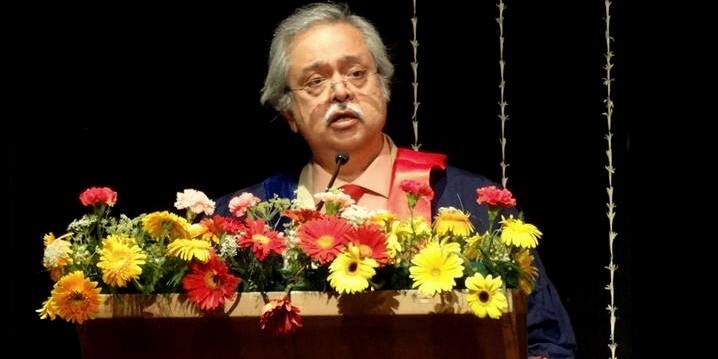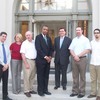
"Go out into the world to grow and with the faith that the best is yet to be
and you are the heralds of the best." Rudrangshu Mukherjee, eminent historian and currently Professor of History at Ashoka University delivered the Chief Guest's address at the graduation ceremony of the Young India Fellowship class of 2014 Below is the full transcript of his speech. The video will be uploaded shortly. There is the republic of India and there is the republic of letters. The bridges between the two very different kinds of republics are the universities. It is worth noting at least one of the important differences between the two republics I have mentioned. One republic almost by its own self-definition is confined within a geographical boundary, its own national boundaries that demarcate it from other states even if they are not all republics. The other republic, again by definition, knows no boundaries, even boundaries of the imagination. The republic of letters is an unrestricted space. This makes the task of the universities that strive to be bridges between the two republics an onerous and a difficult one. One reason for this is the fact that universities in their origins in medieval times did not conceive of themselves as bridgeheads to society. The great universities of Oxford, Cambridge, Paris, Bologna saw themselves as islands of scholarship where schoolmen rigorously followed a set curriculum based on theology, logic, grammar and rhetoric. This idea began to change with the coming of humanism and the rise of individualism and by the 19th century, on both sides of the Atlantic had completely transformed themselves. The 19th century universities on which the Indian universities, especially those of Calcutta, Delhi, Bombay and Madras were modeled fashioned themselves as institutions of higher learning where research and teaching (both of very high quality) were pursued. The aim was to contribute to the growing body of knowledge in the arts and sciences and to train young men (and later women) to develop their own minds to become rounded individuals who would self-consciously bear the responsibility of developing their society and their country. The university graduate when he left his alma mater did not only carry a degree but he also wore with honour the badge of duty. These universities were focused on certain core subjects of the humanities and the sciences – literature, classics, history, politics, economics, physics, chemistry, mathematics and so on. But very quickly, especially in the eastern seaboard of the United States, some of the greater universities began to add on specialized schools that were devoted to subjects which were perceived to be useful – medicine, law and engineering and technology. And in the second half of the 20th century, schools of business and management. These universities functioned well by dividing its functions and its resources between what is best described as the core and the periphery. The model was replicated in India. Witness the University of Calcutta which by the 20th century had a Medical College and a Law College added on to its principal curricula. It has been argued that the arrival of what has been called the periphery opened up the distinction between the pursuit of pure knowledge and the pursuit of knowledge that was useful – usefulness being defined in two ways. One, what was useful to society at large like medicine, law, engineering and so on. Second, what was useful to a degree holder in getting a job. The two often did coincide. The growth of competition in society and the scarcity of jobs led, especially in India, to a pronounced tilt towards higher education that was utility driven. Education was no longer about opening up the doors and windows of the mind but about securing a job once a student left the university. Education was no longer considered a lifelong and an ongoing process. It had become means to an end. |
|



